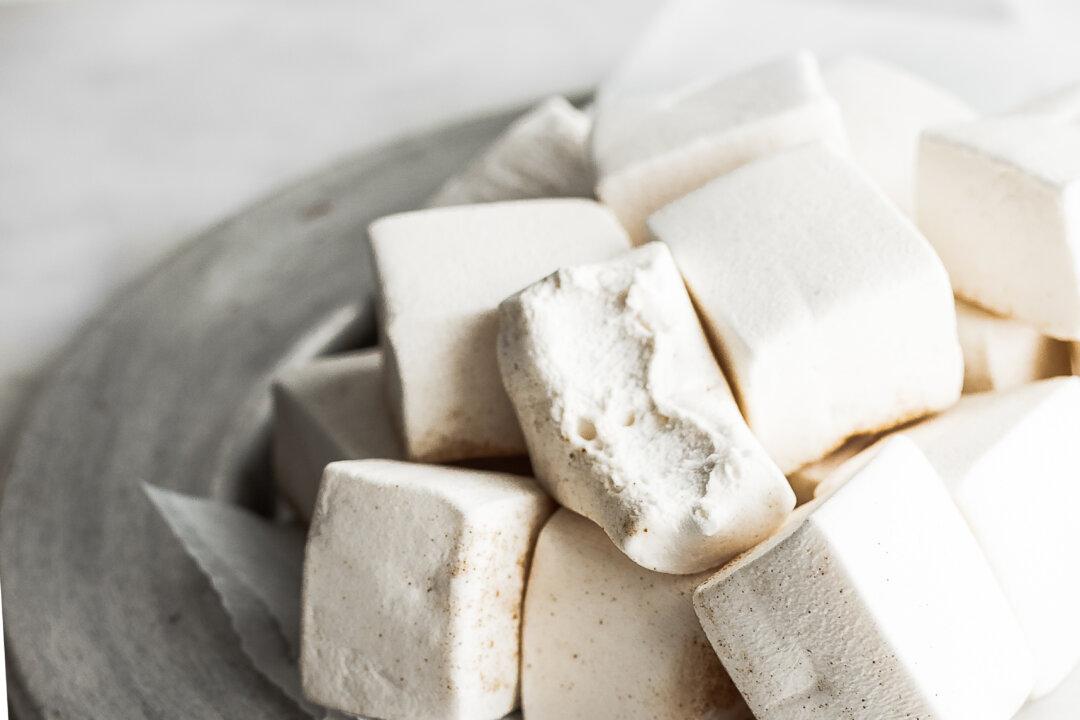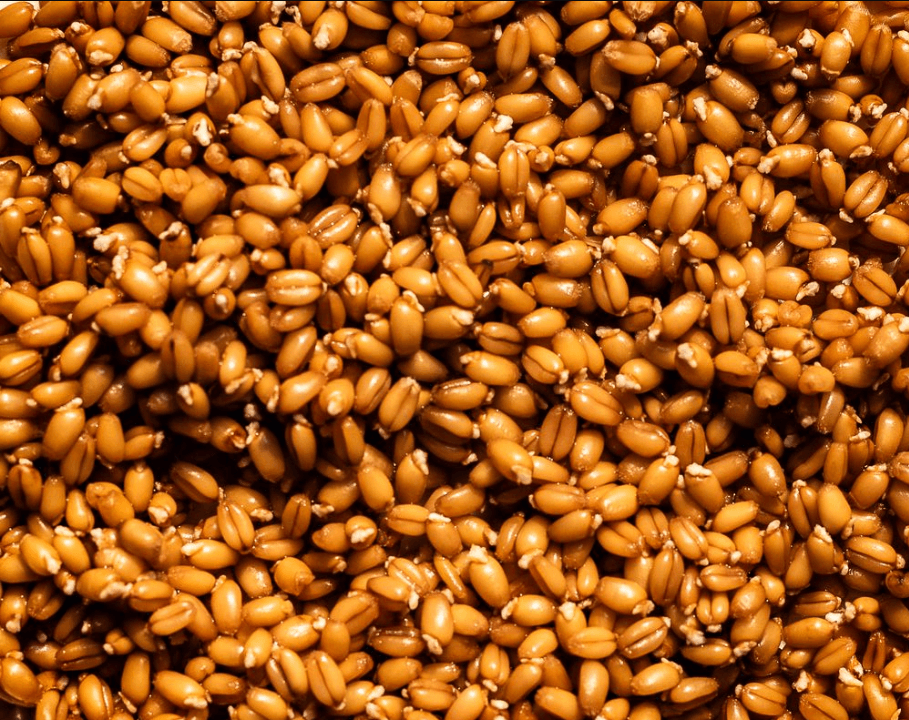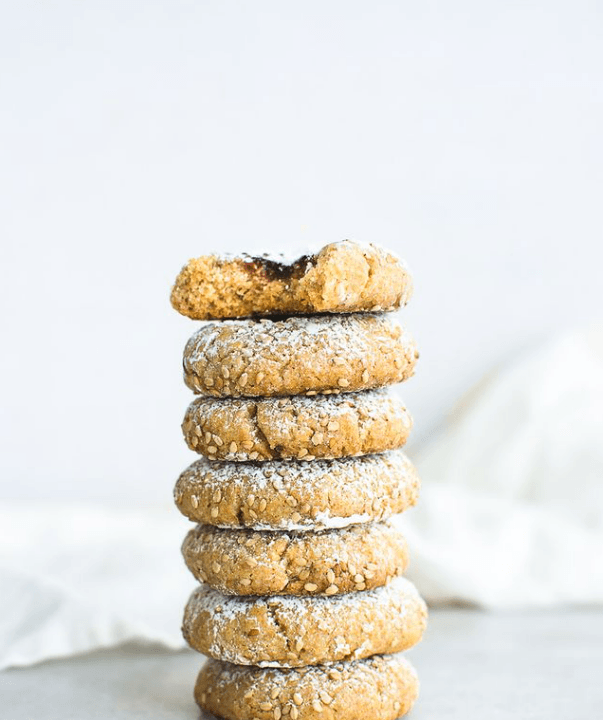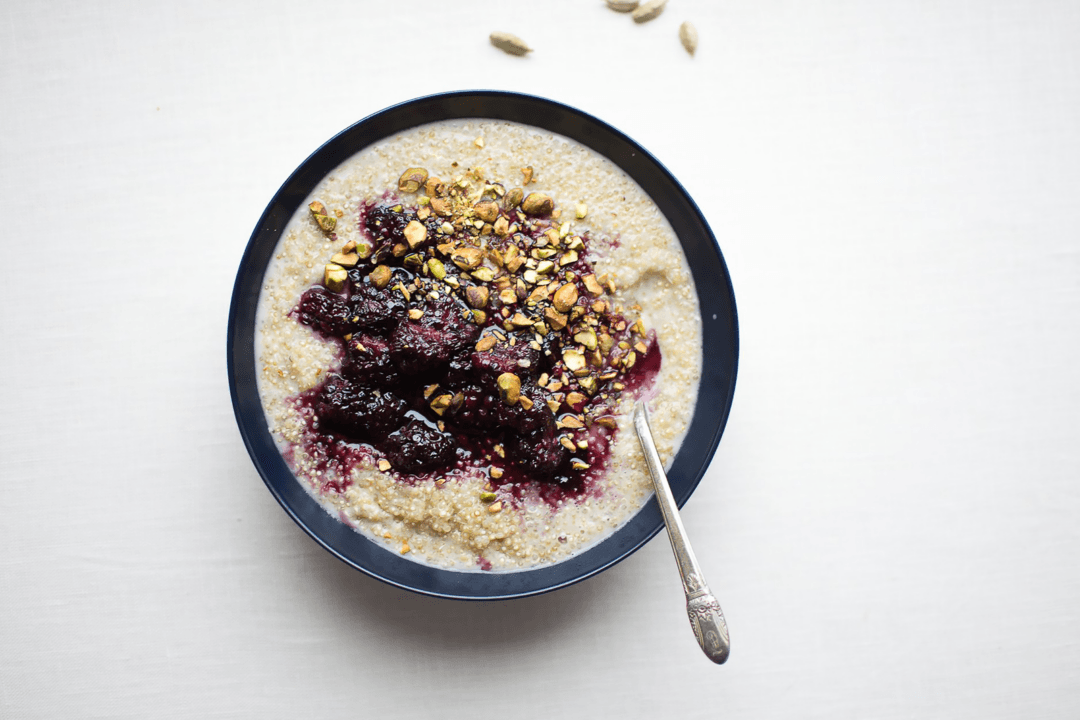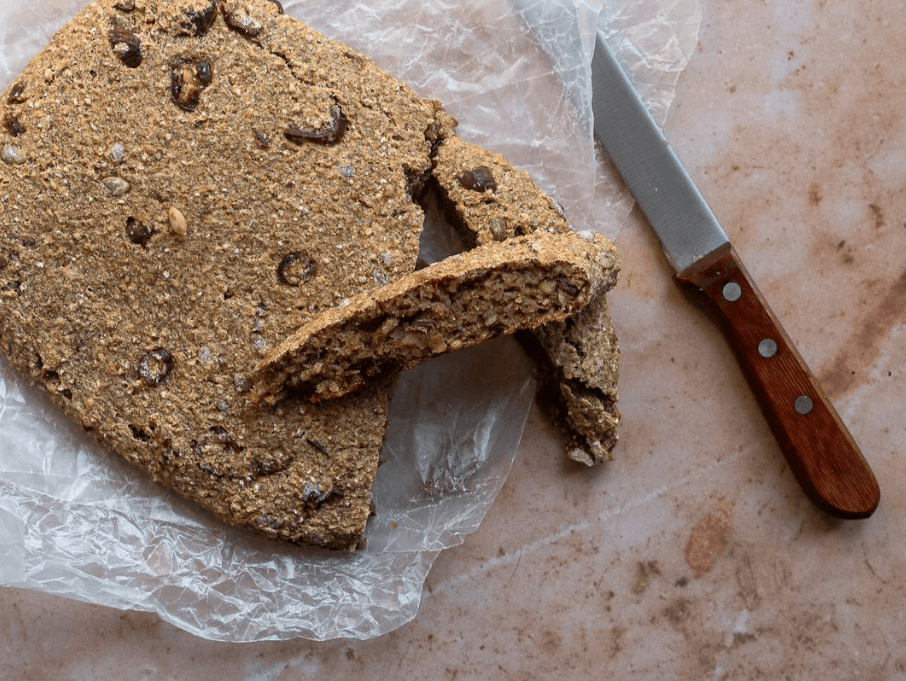You’re undoubtedly familiar with marshmallows—the puffy, sweet confections that you might toast over a campfire in the summertime or drop into a mug of hot chocolate in winter.
They’re sweet, above all else, with little nutritional value save for a few grams of protein that come from gelatin and egg white. It’s these two components that act as a carrier for the confection’s sugar, and that give the treat its characteristic bouncy texture.

